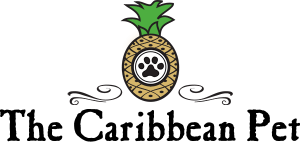- Language: Dutch (English, Spanish, & Papiamento widely spoken)
- Currency: Netherlands Antillean florin or guilder
- Temperature: Average 80°F year-round
- Square Miles: 180 Approx.
- Population: 148,000
ABOUT. One explanation for the origin of the name Curaçao is that it is derived from the Portuguese word for heart (coração), referring to the island as a centre in trade. Spanish traders kept the name as Curazao, which was followed by the Dutch. Another explanation is that Curaçao was the name the Arawak people had used to identify themselves. Curacao, the largest of the Netherlands Antilles islands, lies between Aruba and Bonaire. It is a trading port, and people of more than fifty different nationalities call this island home. The official language is Dutch, and Curacao has a strong Dutch influence reflected in its building architecture and foods. In the capital of Willemstad, the buildings look like those in Holland. Curacao has become a tourist destination. The dry landscape supports cactus and aloe plants. The music of Curaçao is a fluid blend of African rhythms and ethnic sounds from all over the world. Spanish dansa. Austrian waltz. Bohemian polka. French quadrille. Curaçao has a tropical savannah climate with a dry season from January to September and a wet season from October to December. The wide range of historic buildings in and around Willemstad has resulted in the capital being designated as a UNESCO World Heritage Site. The dissolution of the Netherlands Antilles came into effect on 10 October 2010. Curaçao became a country within the Kingdom of the Netherlands Curaçao trades mainly with the United States, Venezuela, and the European Union.

